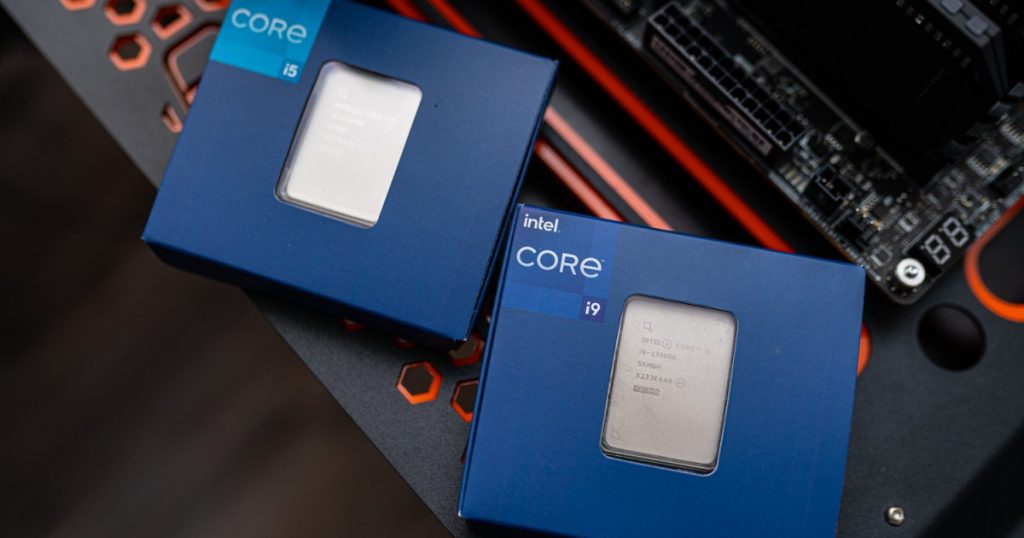After months of silence, Intel has finally addressed the instability issues affecting its 13th-gen and 14th-gen CPUs. However, the explanation provided by Intel seems to only scratch the surface of the problem. Gamer’s Nexus recently released a video highlighting what they called “Intel’s biggest failure” and delved into the deeper issues beyond Intel’s explanation.
For those not familiar with the situation, Intel attributed the instability to improper voltage requests within the CPU microcode, leading to power issues and CPU degradation. While this was acknowledged, it does not address another significant problem with some CPUs affected by a manufacturing defect that cannot be fixed with a microcode update. Surprisingly, Intel failed to mention this hardware-level defect in their public statement.
Instead, the manufacturing error was only mentioned in a Reddit thread after the initial forum post. This disjointed approach is perplexing given the seriousness of a hardware defect compared to a fixable microcode issue.
Get your weekly breakdown of PC gaming tech
Gamer’s Nexus first reported on the manufacturing defect, which involved oxidation in the VIAs of early Intel 13th-gen and 14th-gen CPUs. Intel claims to have addressed this issue with manufacturing improvements in 2023 and stated that only a small number of instability reports were linked to this defect.
Some CPU return requests were denied by Intel despite knowledge of the manufacturing defect not being made public. Alderon Games reported rejected returns from server providers even after the defect was known. Gamer’s Nexus also mentioned business returns being turned down, which they found concerning.
Intel’s upcoming microcode update scheduled for mid-August aims to resolve instability issues with the affected CPUs. However, questions remain about the impact of this update on performance and whether it will uncover broader instability issues beyond voltage irregularities. The tech community is eagerly awaiting further details.


